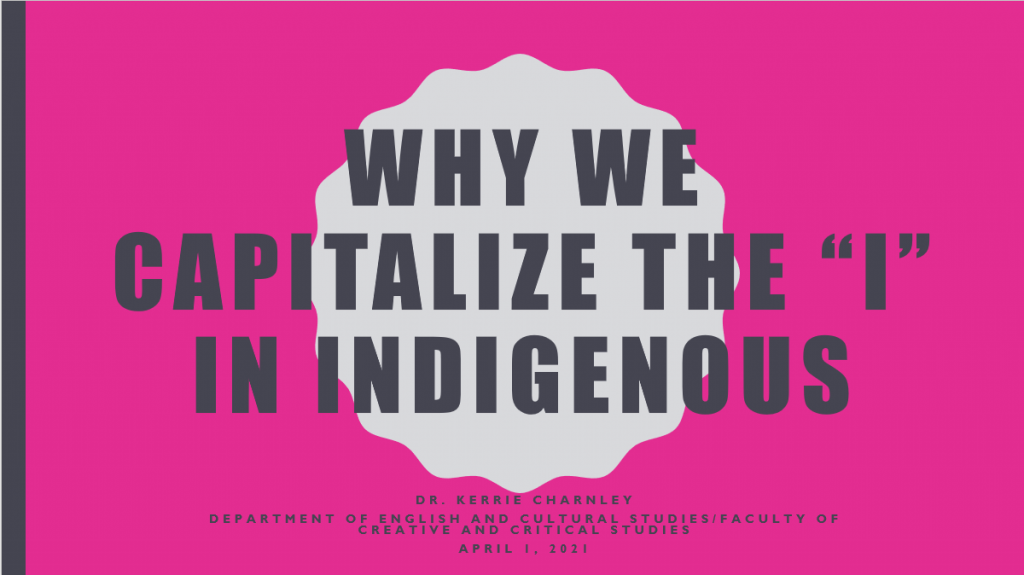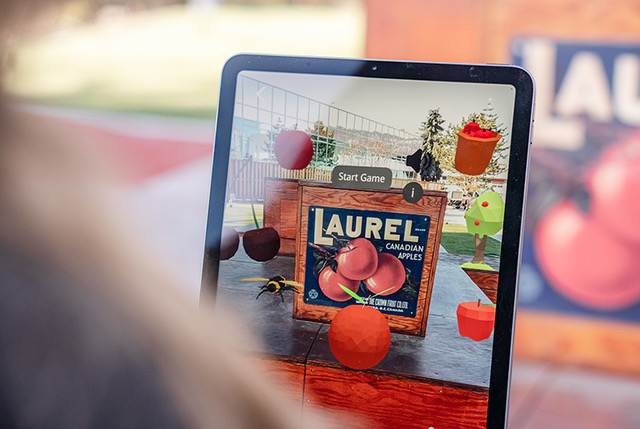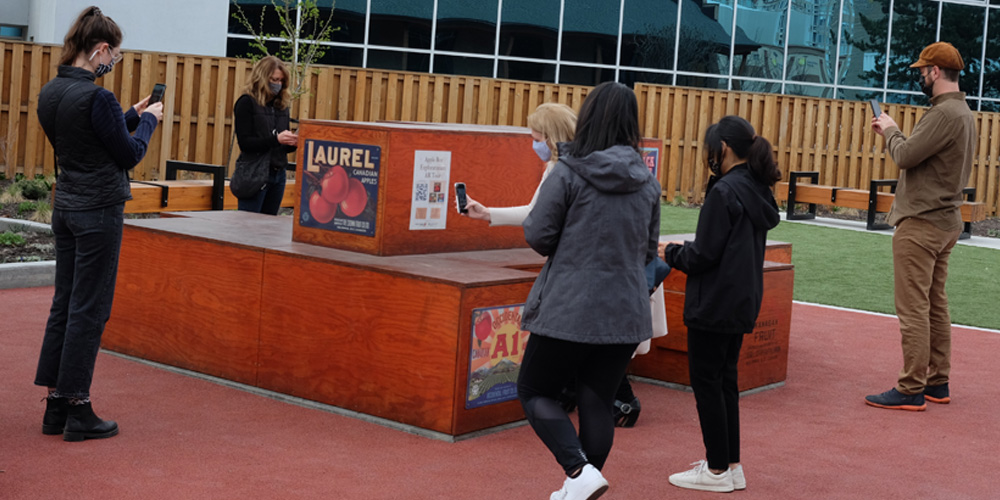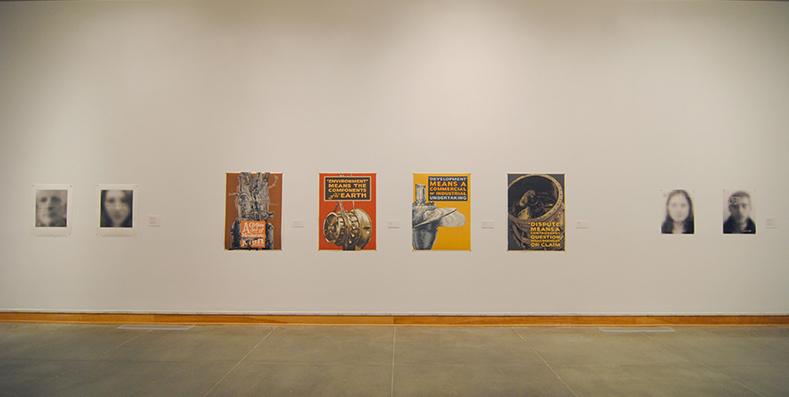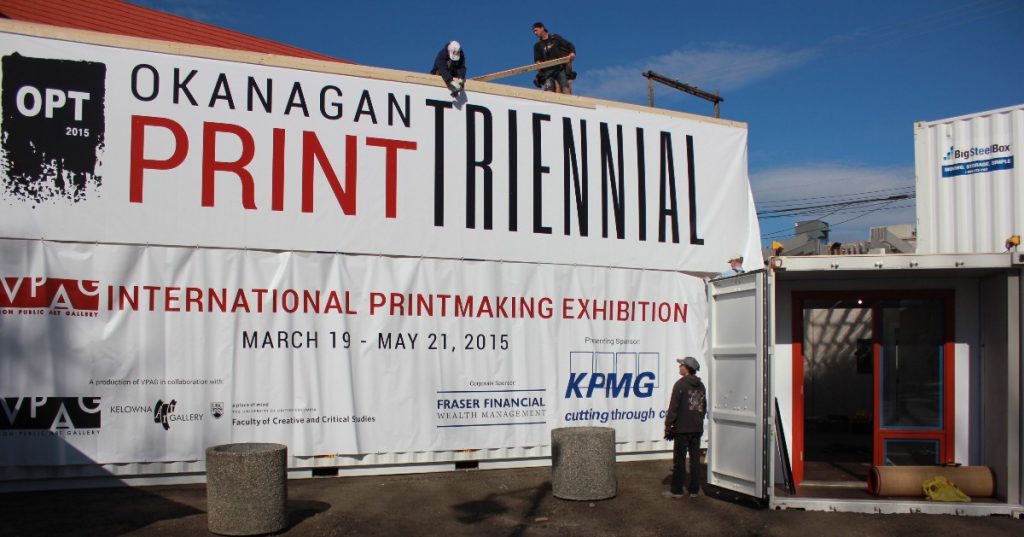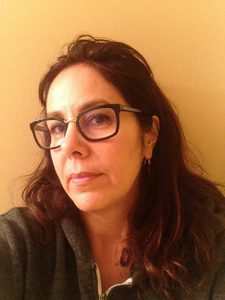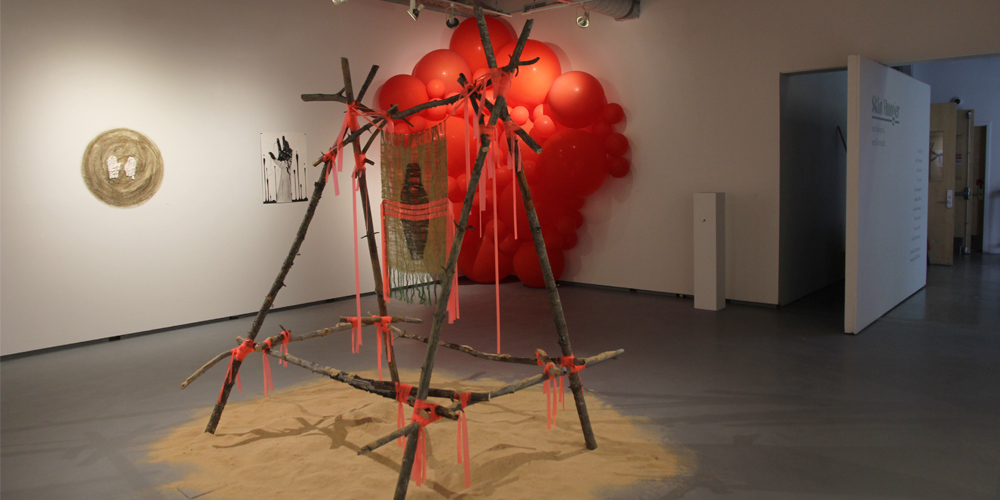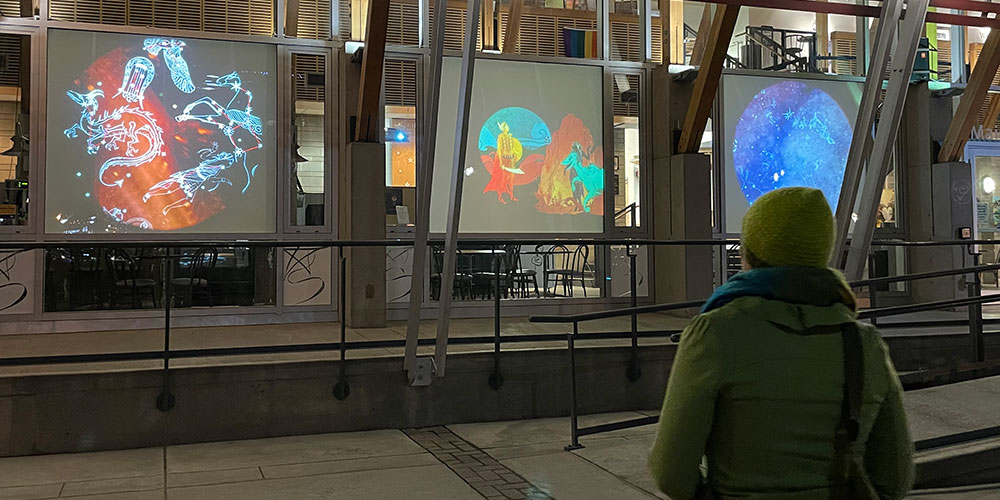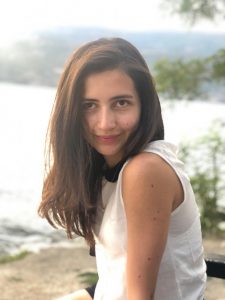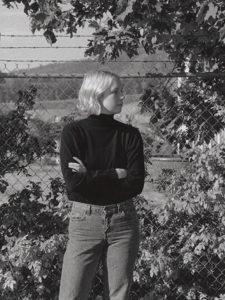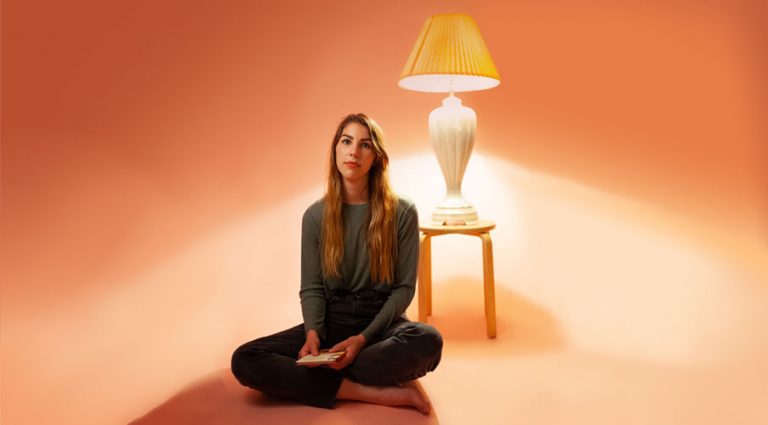
Incoming Masters of Arts in English student, Jessica Beaudin. Photo credit: Angeline Simon Photography
Jessica Beaudin is an incoming student to the MA in English program for 2021. She completed her undergraduate degree in English Literature at the University of Lethbridge with a focus on Modernist and Contemporary literature. Upon returning from an exchange semester abroad in Magdeburg, Germany she adopted a Great Pyrenees Golden Retriever cross. Her relationship with her dog made her think more deeply about their connection and how they responded to one another when things got tough. This sparked an interest into discussions around posthumanism, critical animal studies, Holocaust theory, and fictional cloning ethics.
We asked Jessica about what led her to UBC Okanagan’s MA in English program.
What drew you to UBC Okanagan?
Kelowna was always a sun-bathed summer treat for us; my family trekked out every year for a full week of sandy showers and pool handstands. I kept returning as I got older for getaways with friends, bachelorettes, the like. I didn’t even think about UBCO as an option really, until I did, and it properly clicked. I researched the faculty and found that there was a great community of thinkers with massive experience in the area I want to pursue. It’s the city, the scholarly community, and Sprout Bread on Cannery Lane that really do it for me.
Why did you choose to apply to the MA in English program?
I want to write something that matters to me. I see literary criticism as a magical hybrid form of academic and creative writing styles, and while I’ve flirted with the idea of other humanities, I think that by being deliberately unreal, literature is so much closer to an experience and to a truth that I understand. Dr. Jodey Castricano was gracious enough to agree to supervise me, I am so grateful and excited to work with them.
Tell us about your thesis topic and your plans for that research.
My thesis will examine the discontinuities of ethics and responsibility in regard to euthanasia practices for human and nonhuman animals. In particular, I ask how posthuman literature understands death of the nonhuman animal with the knowledge that for reasons economic, consumptive, and environmental, human animals are necessarily tied to the decision. While posthumanism is distinguished from the transcendent intentions of biomedical transhumanism beyond death as limit, its troubling of ontological boundaries and “will-they, won’t-they” departures from humanism leaves discussions of individual death vacant. How euthanasia practices bleed into notions of the mercy kill or ‘coup de grâce’ as well as non-interference methods of letting die highlight the disproportionate responsibilities human animals self-assign at the point of death as opposed to in life.
I want to research responsibility, and think about different ‘kinds’ of animals and the responsibilities we take on with regard to them. I have a lot of catching up to do in the critical animal studies area, as well as digging in deeper with the posthuman conversation. I also want to read and watch a lot of dystopian and science fiction! I hope to work significantly with Dr. Castricano and Dr. Garrard for starters, but have my eye on a few others as well.
Where do you hope this degree will lead you?
This is always a complicated question for students of literature! To my parents’ dismay, I hold tight to a mantra of ‘I’ll figure it out’. Which is to say that I trust entirely that at the end of this program, I’ll know if I want to continue in academia and pursue my PhD. However, I’m also very comfortable with being much more than any one thing–I could be a nurse with a Masters in English, or perhaps co-run that pipe-dream coffee shop with a gallery space for my best friend. Most of all, I hope that this degree will lead me, perhaps feet dragging, into a healthier relationship with my writing.

